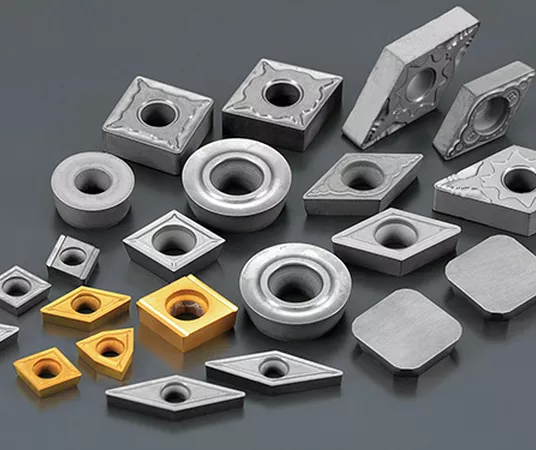Carbide inserts are cutting tools used in machining processes to remove material from workpieces. They are made from carbide, which is a composite material made up of tungsten carbide particles held together by a metallic binder, typically cobalt. Carbide inserts are commonly used in turning, milling, drilling, and boring operations.
Carbide inserts are known for their high hardness, wear resistance, and ability to withstand high temperatures. They can maintain a sharp cutting edge for longer periods of time than other cutting tools made from conventional materials like high-speed steel. This makes carbide inserts ideal for high-volume machining operations where long tool life is essential.
Carbide inserts come in a variety of shapes and sizes to suit different machining applications. They are typically mounted onto specialized tool holders, which provide the necessary support and stability during machining operations. Some carbide inserts are designed to be indexable, which means that they can be rotated or flipped to use different cutting edges and extend the life of the insert.
Carbide inserts are also available with different coatings that provide additional benefits such as improved wear resistance, reduced friction, and increased tool life. Examples of such coatings include titanium nitride (TiN), titanium carbonitride (TiCN), and aluminum oxide (Al2O3).
Subscribe by Email
Follow Updates Articles from This Blog via Email



No Comments